PRP Vs. Cortisone shots, which one is better? When it comes to knee injuries, we’ve all heard of cortisone shots, right? They seem like a quick fix to get rid of pain and inflammation. But have you ever wondered about the long-term impact of these shots on your joint health? There’s another option that’s gaining traction and showing promising results – Platelet-Rich Plasma (PRP) shots. Let’s dive into the key differences between these two approaches and understand why PRP might be the better choice for your knee injury.
Cortisone Shots: A Temporary Pause Button
Cortisone shots, commonly used for knee injuries, work by suppressing inflammation in the joint. They provide immediate relief by shutting down your body’s immune response, making you feel pain-free. It’s like hitting the pause button on inflammation. However, what seems like a magical solution has its drawbacks.
Research studies have shown that cortisone shots can actually hinder the healing process. Inflammation is a natural part of the body’s way to repair and heal itself. By silencing it, cortisone shots might provide temporary relief but at the cost of halting your body’s natural healing mechanisms. Imagine trying to fix a car engine by turning off the warning lights – it might run smoothly for a while, but the underlying issues will worsen.
PRP: Empowering Your Body’s Healing
Now, let’s talk about Platelet-Rich Plasma (PRP) – a regenerative approach that aims to heal rather than mask the issue. PRP involves drawing a small amount of your blood, processing it to concentrate platelets and growth factors, and then injecting it into the injured area. The concentrated platelets promote tissue repair and regeneration, kickstarting your body’s natural healing processes.
A Three-Step Healing Process
- Introduction of Healing Factors: PRP injections introduce a high concentration of growth factors, cytokines, and platelets directly to the injured site. These elements stimulate tissue repair and modulate inflammation in a way that respects the body’s natural processes.
- Regeneration Over Time: While PRP injections may cause mild discomfort initially, the subsequent weeks reveal a regenerative process in action. The tissue starts to strengthen, and the joint begins to heal itself, making it a sustainable solution in the long run.
- Long-Term Benefits: Patients who opt for PRP often experience lasting benefits. Their joint function improves, pain diminishes, and they can resume activities they thought they might have to give up. It’s a transformative choice that focuses on healing rather than suppressing.
Empower Your Choice
In the debate between cortisone shots and PRP, the choice seems clear. Cortisone may provide immediate relief, but it comes at the expense of healing and potentially causing long-term damage. On the other hand, PRP empowers your body’s natural healing mechanisms, supporting lasting recovery and improved joint health.
It’s essential to make informed decisions about your health. Choose a path that aligns with your long-term well-being. If you’re faced with a knee injury, consider the benefits of PRP – a treatment that not only alleviates pain but actively contributes to your body’s healing journey.
Remember, it’s not just about feeling better for a moment; it’s about living better for years to come.
Citations:
Smith, P. A. (2019). Intra-articular corticosteroid injections for osteoarthritis of the knee: national survey of orthopaedic surgeons’ self-reported practice and literature review. The Journal of Knee Surgery, 32(08), 768-773.
Sampson, S., Gerhardt, M., & Mandelbaum, B. (2016). Platelet rich plasma injection grafts for musculoskeletal injuries: a review. Current Reviews in Musculoskeletal Medicine, 9(4), 408-416.

